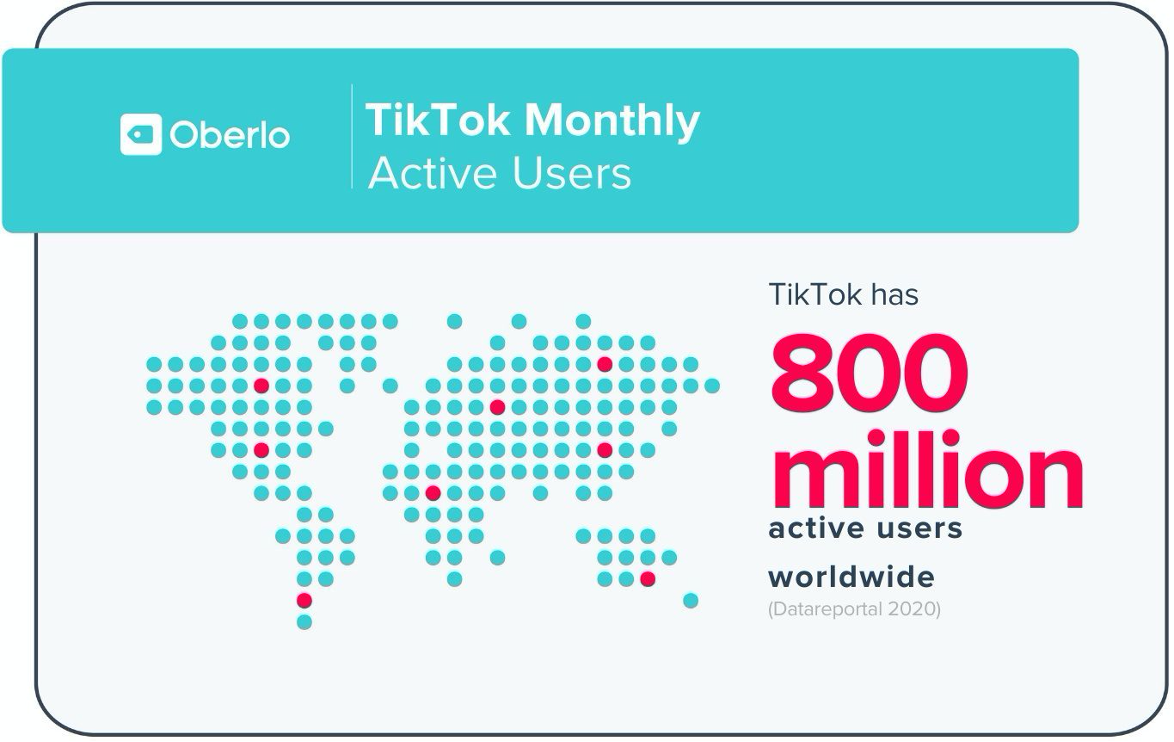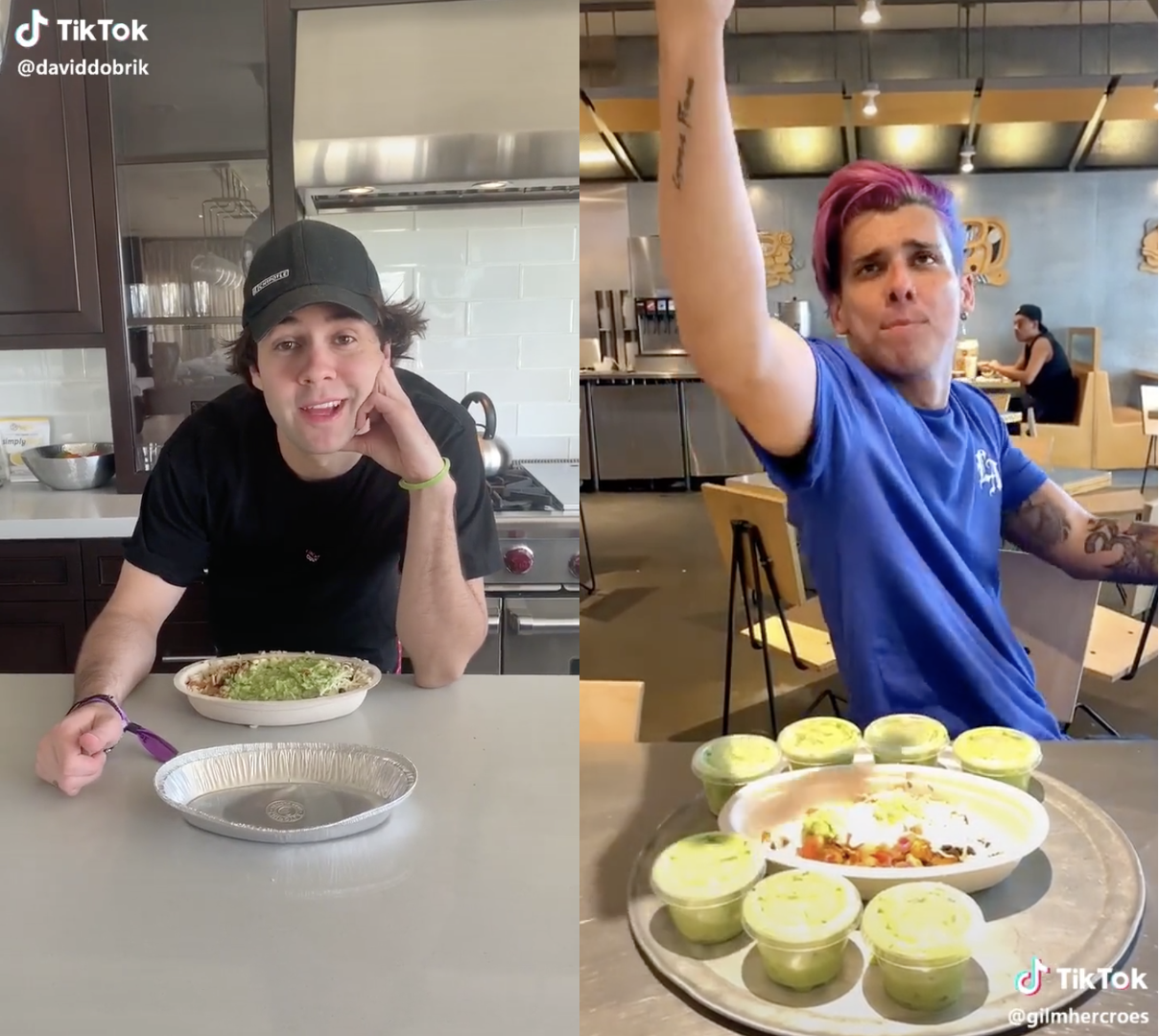Generation Z or Gen Z has been dubbed the most powerful generation thus far. While this may sound like a terrifying notion in itself, it is even harder for marketers to navigate the turbulent landscape of how to connect with this demographic.
Generation Z is the demographic after Millennials, and are the world’s largest demographic cohort. Born from the late 1990s to the early 2000s, Gen Z now accounts for around 17.5% of Singaporean consumers, holding between $29 and $143 billion in spending power. With the oldest members entering the workforce and the youngest still in school, this generation is already making an impact in every industry.
Who are they?
While the gap in lived experiences between the youngest and oldest of those belonging to this generation is wide, members of this group still manage to share a few similar characteristics and values.
1. They Value Self-expression

According to the Gen Z Playbook by PSFK, nearly half (46%) of Gen Z say ‘self-expression’ is ‘very important’ to them. In fact, to Gen Zs, consumption is a form of and an extension of their self-expression. This is why Gen Zs are more likely to spend their money and give their support to brands that embody their values and/or beliefs.
Additionally, when asked to choose the most important trait for a brand to have, 58% of Gen Zs chose a brand’s purpose, values and mission.
Brands need to realise that they cannot get away with half-heartedly supporting social commitments or causes. In this age, if brands want to appeal to Gen Z, they need to ensure their ethics align and that they show a strong commitment to making a change.
This can be seen through brands like Patagonia which lean heavily into social causes like the environment and climate change. Through weaving this narrative into their business model, they have managed to amass a devoted and loyal following. Brands like this resonate with Gen Zs, and gives this demographic the opportunity to express themselves through supporting the brand. It also shows that the brand is committed to the community and is more than just a for-profit organisation.
2. They Want To Protect Their Privacy

As digital natives and early adopters of technology that has shaped the 21st century, Gen Z has become increasingly wary of new innovations surrounding tech and its increasing importance in our lives.
With the rise in number of high-profile data breaches and investigations into how billion-dollar companies like Facebook and Google harnessed users’ data, Gen Zs are becoming more protective of their data.
This generation are now becoming more distrustful of internet companies that are supposed to be the responsible protectors of their sensitive and personal information. This can extend to whether it’s being used for targeted ads or for much more shady purposes. This had led to Gen Z being known for their need for privacy.
A company that recently came under fire for sharing their user’s personal data is Zoom. The video-conferencing platform was found to be sharing data with Facebook. This included their app usage, time zone, city, and device details. This has since been fixed with an update to its iOS app.
A poll conducted by Privado revealed that Gen Zs were aware of the privacy controversies surrounding major tech companies, with those surveyed voicing a strong desire for more control over how their data is shared and safeguarded. In fact, 42% said they browse in incognito mode, signalling that a substantial base of consumers are looking to protect their privacy online and are grasping for ways to do so.
New Market, New Rules
1. The Experience Economy

Identifying themselves as self-reliant “digital natives,” Gen Zs socialise, learn and have fun living in a fluid digital world, in which the boundaries between their online and offline lives are nearly indistinguishable.
Gen Z are a significant driving force behind our current ‘Experience Economy’, according to their spending habits. Research from Barclaycard showed that they prioritised experiences such as concerts and other leisure activities, over actual products. Gen Z’s brand relationships are more likely to start when they discover an interest, passion, or social spark. They then compare purchase options and prices, experiment, network and create their experience.
As the most digitally literate generation to date, Gen Zs are always ‘switched on’—meaning that every aspect of their lives is connected to the digital world. This allows them to see and experience almost everything everyone else is doing. This feeds their need to continuously hunt down the next big experience and build up a sense of constant FOMO also known as the Fear of Missing Out.

With new technologies such as virtual reality (VR), this has allowed consumers to be fully immersed in an experience. One example of this being the partnership between Samsung and NASA to launch a VR 4D immersive experience.
Participants are made to gear up in a flight suit, harness and Gear VR headset and get the chance to be fully immersed in the 1969 moon mission. All this to celebrate the 50th anniversary of the moon landing.
2. Be Authentic
Ask yourself and your brand: “Why do you do what you do?”
Statistics show that we come across between 4,000 and 10,000 brands every single day. For Gen Z, that’s likely to be more. And being exposed to so many brands, it’s nearly impossible to remember each and every one. This is why it is critical for your brand to stand out and cut through the noise.
Gen Z’s preoccupation with authenticity has driven them away from traditional celebrities in favour of more intimate social media and YouTube influencers. Overall, this has made them scrutinise the motives of big brands, presenting a challenge for today’s marketers.
Data shows that 89% of Gen Z “would rather buy from a company supporting social and environmental issues over one that does not.” However, if a brand comes out in support of a cause that seems unrelated to their own mission or previous actions, it can have the opposite effect. It could come across as a publicity stunt for brownie points, ultimately damaging the brand’s reputation among their audience.
To affirm Gen Z of your brand’s authenticity, you first need to carefully define what that is. Only then can you align a cause with your brand’s mission and be consistent in your support of both.
Brand authenticity means being accountable, transparent, and vulnerable while upholding your brand’s core values. An authentic brand stays true to its vision, its products or services, and its customers. It responds to consumer concerns with a clear desire to resolve them. When a brand is authentic, customers know it and choose it. Like a good friend, an authentic company is sensitive to the people they serve. In a business context, authenticity involves developing products that solve consumers problems, addressing complaints effectively and being transparent.
3. Brand Collaborations
Brand collaborations are one of the driving forces behind marketing to Gen Zs. Why do we say that? Well, it starts with Gen Zs viewing creativity as more than something removed from everyday life. In fact, creativity is one of the main factors involved in self-expression! Wanting to stand out themselves, Gen Zs are drawn to brands that stand out from the pack as well.
When brands launch creative partnerships with other brands, you can give Gen Z consumers something they’ve never experienced before—and expose your brand to new audiences!
Collaborations often bring with them authenticity, innovation, humour, or all of the above. Sometimes the way to make that happen is by collaborating with another brand, often one in an entirely different industry than your own. In doing so, you’ll be able to serve up novel experiences and expand your reach into new markets.
One example of a brand x brand collaboration is between Levi’s and Google. The denim company whose roots date back to the 19th century partnered with futuristic tech giant, Google.

The product of their collaboration was a denim ‘smart jacket’ that warned wearers if they were leaving without their phones. The feature, called Always Together, featured an automatic alert that went off if the jacket moved too far away from your phone. When triggered, notifications happen on both ends. This means your phone gets a notification, and the jacket’s signature sleeve tag will also blink and vibrate. It’s a neat addition for the smart jacket, which can already use touch inputs to control things on your smartphone like music controls and navigation pings within Google Maps.
And for a mobile-obsessed Gen Z, this collab was a match made in heaven!
4. Influencer Marketing & TikTok

Compared to Millennials who use social media as a way to communicate with their peers, Gen Z focuses on the entertainment aspect of it. Using social media as a tool for entertainment, Gen Zs spend majority of their time scrolling through the platform, rather than engaging with one another. In other words, they appreciate uninterrupted entertainment, so it is important for brands to communicate with them in a way that draws their attention immediately.
One way to do this is through influencer marketing. Nearly two-thirds of Gen Zs follow influencers and 50% of them would trust their recommendations. Using influencers that Gen Z users have already formed a connection with to promote a brand’s product or service is an unobtrusive, but effective way to cut through the noise and reach Gen Zs.

The perfect platform for this is TikTok. As of July 2020, the video-sharing platform has 800 million active users worldwide (Source: Oberlo).
As Gen Zs are wary of highly edited ad content from brands, they prefer seeing content featuring people that “look like them”. The influencers and content format on TikTok is the perfect platform to showcase this with the influencer content blending seamlessly into the mix. As Gen Z perceives information visually with marketing campaigns targeted at them incorporating tactics like storytelling, explainer videos, and other forms of visualisation, TikTok is the perfect platform to reach this demographic.
An example of a brand that is committed to their TikTok presence is Chipotle.
Chipotle ran a series of TikTok challenges during 2019. The first challenge, in May 2019, revolved around people uploading videos with the hashtag #ChipotleLidFlip. The first video in the challenge showed various influencers closing a burrito bowl by flipping its lid and inspired users to try the same thing to see if they could accomplish it.

In the second challenge, the company created the hashtag #GuacDance. The challenge was for people to upload videos of themselves dancing to an internet-famous song about guacamole in the days leading up to National Avocado Day on July 31.
This campaign led to their digital sales growing significantly—up 99% from the previous year, with half their customer base being Gen Zs and Millennials.
Unlock the most Powerful Generation
Given their activity and reach in the social space, Gen Z has become an influential and demographic for brands. While they share traits with Millennials such as digital literacy, concern with political issues and strong social media presences, they have many differences as well. While some tried and true methods may work on both Gen Zs and Millennials, marketers must be willing to make the shift and view Gen Zs as a viable market to target.
Gen Z is also extremely persuasive within their families and influence 70% of their family food purchases and 80-90% of other purchased items. With such a huge influence on their peers and with a growing spending power, Gen Zs should be a generation to watch out for and cater to. Have any questions about how to appeal to this demographic? Feel free to ask us any questions!
— —
Hero image: Eliott Reyna, Unsplash
